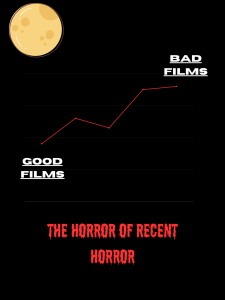America is systemically silencing Native voices.
January 31, 2023
James Cameron’s long-awaited sequel “Avatar: the Way of Water” was released on Dec. 16, 2022 and has been the #1 film in the U.S. for seven straight weeks. This movie showcases an alien race, the Na’vi, which is heavily based on indigenous peoples. Surrounding the movie is a turbulent discussion of whether the movie is exploitative.
I am in no position to definitively say one way or another but in light of this conversation I’ve been left wondering what the reality of Native people is in America. And it’s pretty grim.
Sprawled across the country are 574 federally recognized Indian tribes. To be federally recognized is to be eligible for federal funding and services via the Bureau of Indian Affairs as well as sovereignty and exemption from taxation.
However, the ideal of this system proves dreamier than the reality of it. Federal funding is tight and life on reservations leaves much to be desired.
According to Poverty USA, Native Americans have the highest percentage of poverty at 25.4% while they make up only 2.09% of the total population. Housing on reservations is severely lacking; it’s common for household amenities such as running water, telephones and electricity to not be present.
Due to business and capital on reservations being in federal control, coupled with the lengthy bureaucratic process it takes to attain formal rights to property, pursuing entrepreneurship is unnecessarily difficult and out of the realm of possibility.
This, however, is only the tip of the larger iceberg of hopelessness. For over 500 years, Natives have experienced genocide and dislocation compounded by violence.
The history of indigenous people in America is long and dark. In a backhanded attempt to grant them independence, we’ve only pushed them down further into helplessness and obscurity. Perhaps that was the goal.
There exists in America a perpetuation of unseeing eyes. We use their symbols– a prime example: the Bellevue West Thunderbirds– and we say it’s cultural “appreciation”. But I haven’t met a student yet who could tell me what the Thunderbird means to each respective Native group.
I have also seen something on the flipside of misuse. For some reason it appears as though we non-Natives see all of them as one homogenous, pacifist and calm group of spiritual guides. To generalize them, even in a “positive” way, is to strip them of their complexity and differences.
It’s only right to turn our eyes to the truth, to the people behind the caricatures, behind the misused symbols, behind the blind exaltation. A step towards helping Natives is to reach out and connect.
A good place to start is the organization Native Hope, a group of Natives and allies alike who work to serve the Native community. Although I don’t have the money to donate or time to volunteer, being educated and advocating can still go a long way.
The effect of mainstream media and blockbuster movies using Native cultures and identities to garner wonder and awe seems to me as just another way we separate their rich culture from the people who actively carry it in today’s world.






